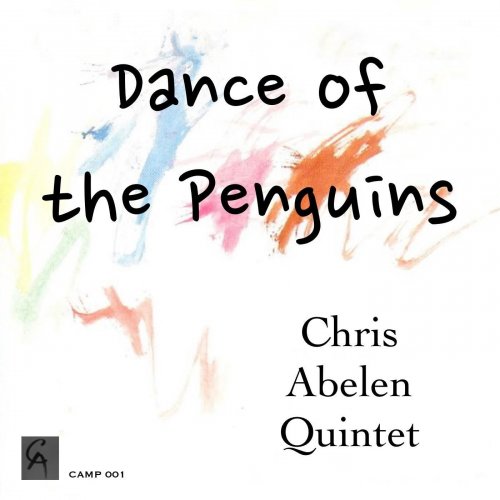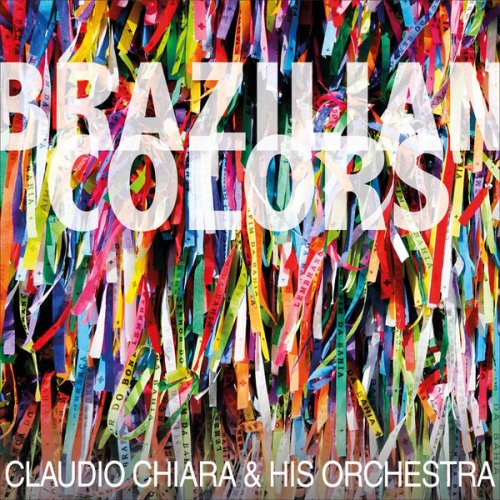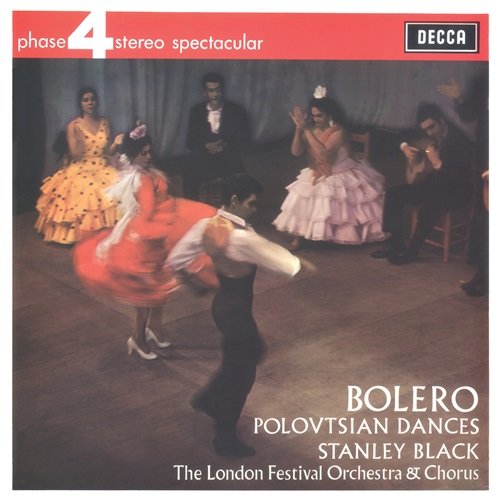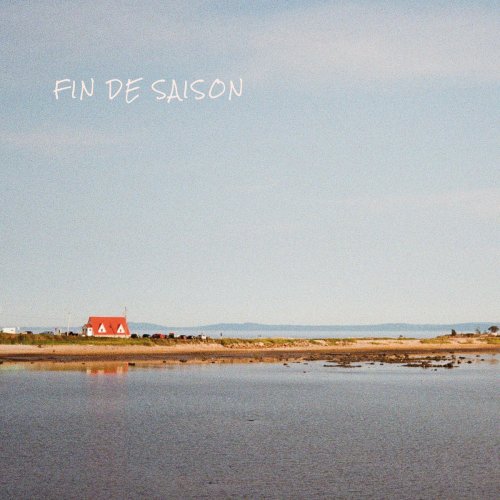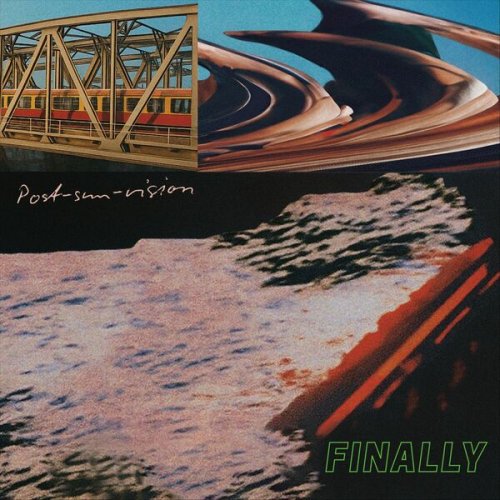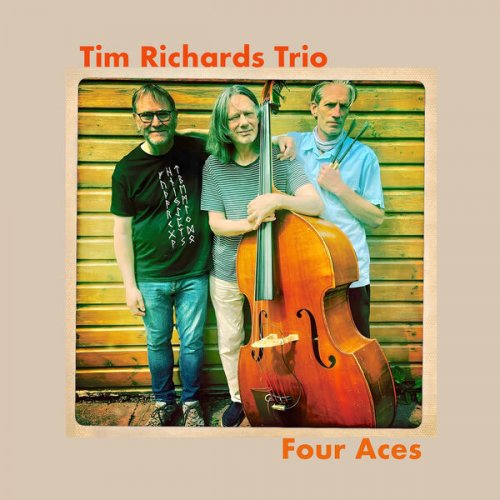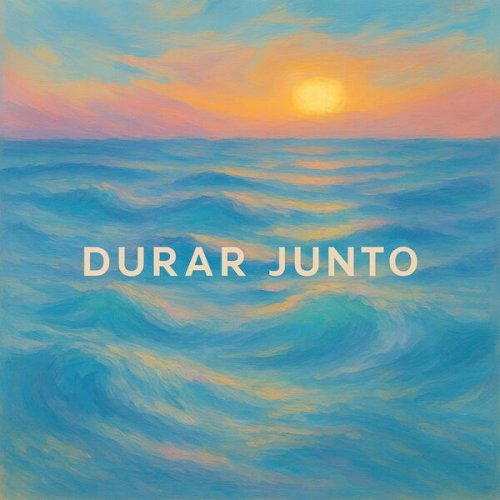Artist:
Chris Abelen Quintet, Chris Abelen
Title:
Dance of the Penguins
Year Of Release:
1995 / 2022
Label:
Chris Abelen Music Productions
Genre:
Jazz
Quality:
FLAC (tracks)
Total Time: 41:47
Total Size: 214 MB
WebSite:
Album Preview
Tracklist:1. The Hall with the 7 Doors (04:01)
2. Parking (03:59)
3. Maat 47 (02:56)
4. Delay (07:23)
5. Who's Next (05:04)
6. Dance of the Penguins (03:51)
7. Fleet Street (03:55)
8. A Walk in the Desert (05:26)
9. Side Effects (02:49)
10. Hoover (02:20)
"This quintet is the best band for me," Chris Abelen says, "because we all have something we can't play." Huh? "People say I talk negative, but what's left is positive." Like in sculpture - the art of taking away the extraneous? "Yes. What remains is the best." The music makes the case.
Check out those track timings, more like 1960 doowop singles than jazz jams. The cd era has seen too many flabby but undernourished albums, stretching meager material over 70 minutes. Penguins is lean as rabbit, and as chewy, and for the same reason:hyperactivity. “I like pieces to be short, the two or three motives as clear as possible so you can always hear if the theme is present in the improvisations or not. If it’s not, that could speak to the quality of the improvising, or the clarity of the material.” It’s the old jazz steeplechase with updated rules: prove yourself improvising on this material, interacting with these players.
Delius and De Joode work together a lot in several outwardbound Amsterdam bands - Eric Boeren’s, interpreting Ornette Coleman; Joost Buis’s, reviving Sun Ra; playing original music in Chris Abelen’s, in several incarnations. Corrie van Binsbergen and Charles Huffstadt come from different circles. She’s a rhythm music guitar wiz who uses an arsenal of techniques to express her musical personality not obscure it. He’s a psychiatrist by trade, takes same approach to drumming: a careful listener who lets the other person speak first. He came up in the Groningen free-funk scene with vocal acrobat Greetje Bijma, plays now with Willem van Manen’s Contraband, where bandmate Abelen took a shine to his reactive playing.
The rhythm section hadn't played together before rehearsals for this session. Way the leader talks, he wanted to disorient them bit.
(that’s Dutch: the Mengelberg Method.)” Wilbert expected the drummer to play four on the cymbal, and Charles expected walking bass” –each thought the other should keep time. Crisis? Hear them dance around each other on maat 47, or under trombone on the title track: they revolve around unstated pulse, tug against the pull of that negative space.
“ Corrie said she didn’t always know that to play on a piece. I said, ‘you don’t have to play on every bar.’ She has her own band fort hat. BOINK! And then 20 seconds of nothing. Great.” Track her through the infectious maat 47, a lesson in lessening: weaned on space crammer Zappa she takes a cue from quietist Monk. She pulls back without sounding tentative; hear her comping behind Toby’s tenor, first solo first track, her popping notes matching his. (You hear Afro pop in there? Think she wasn’t listening when she was in Ouagadougou a few months before?)
What can’t Delius do? Play normal: respect bar lines, stick to phrases of predictable length, parse chords in obvious ways. He’s subtle, timbrally as well as rhythmically, manipulating the tenor’s overtones from one note to next. Who knew that would work with brash electric guitar? Abelen, and now us. Their solos round each other off, complementary. “Except for Toby on Delay and trombone and drums on Who’s Next, there were no fixed solo routines. Different people improvise in different takes, and the tempos would change so much, it was impossible to make cuts from one take to another, which I don’t mind at all. Let the pieces take their own course, and let’s see what happens.”
One reason cuts are short: players take short cuts. Horns improvise independent lines simultaneuosly on side effects, the bassist takes his ‘solo’ during the closing theme of The hall with the 7 doors. Abelen:” Wilbert’s idea, I didn't direct him at all.
One inspiration for Who’s next was early pieces by Prince, where the drums play in tempo and there’s an open bass line; I want the bass to function like another melody instrument.” Drums too, to my ears. On Who’s Next, Huffstadt’s rhythmic tattoo functions as the melody, the trombone part as its counterline. Hear it that way, and drums play the shortest possible theme restatement, at the end of Huffstadt’s solo, under which horns appropriate the drums’ original telegraphic line. (Shall we relate all the compactness and negative space to the players hailing from small below-sealevel Holland?)
Pithy motives do get focused response.(And some are amazingly pithy; Delay is largely structured around one sustained mote, picked up by whomever.) Delius audibly worries the melodic material; on DANCE OF THE PENGUINS van Binsbergen in her solo plays with and against the theme’s wide intervals and staccato phrases. One concession to convention:Abelen assigns himself the melody on most pieces. As he points out, trombonists always do that when they start their own band, rarely having the chance elsewhere. “But it’s also because there’s no better way for a leader and composer to direct the band: setting the tempo and number of repeats, whether to play a theme between solos, things like that.”Fond as the composer is of staccato heads as a means to gently shape solos, Abelen the trombonist has some of the easy swagger of his early hero Roswell Rudd, coupled with his own ripe dark tone. “Should I quit?” one of his side folk asked when the recording was over. “ No, we’re just starting.” Brought up short by Abelen’s brevity? Play it again.
